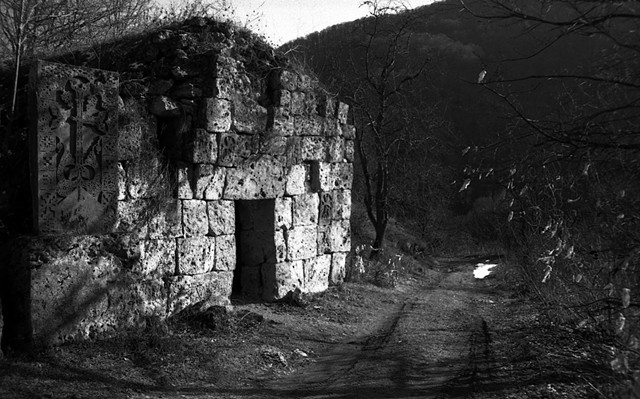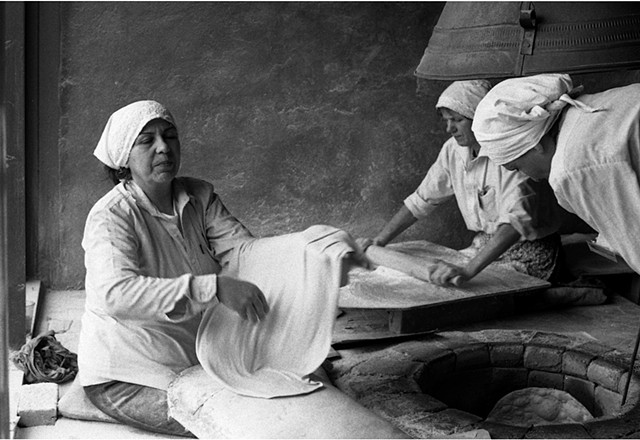Armenia, 2004
Peace Amidst the Roots of Turmoil
I was a visitor to a country of which I knew little, and at the same time, of which I knew a great deal. Dinner-table conversations with family had led to my longstanding interest in anything Armenian. Over time, I developed an understanding of a culture that once flourished yet was close to extinction as a result of the first genocide of the 20th century.
During the winter of 2004, I traveled to the capital city of Yerevan, as well as small towns and villages in the Ararat Valley and north to Lake Sevan. In this short time, I met mothers and grandmothers, cab drivers, bakers, deacons, priests, young soldiers, and many children who all seemed to share a common vision of a better future, continuously looking forward while never abandoning their past. For most Armenians, history is not a detached experience. It permeates the memories of those who have survived and is reinforced in the minds of younger generations by economic hardship and present day border disputes. Despite this, Armenians are often bound by deep friendships, generous hospitality, and an enduring national pride that has served as the backbone of this nascent republic.















